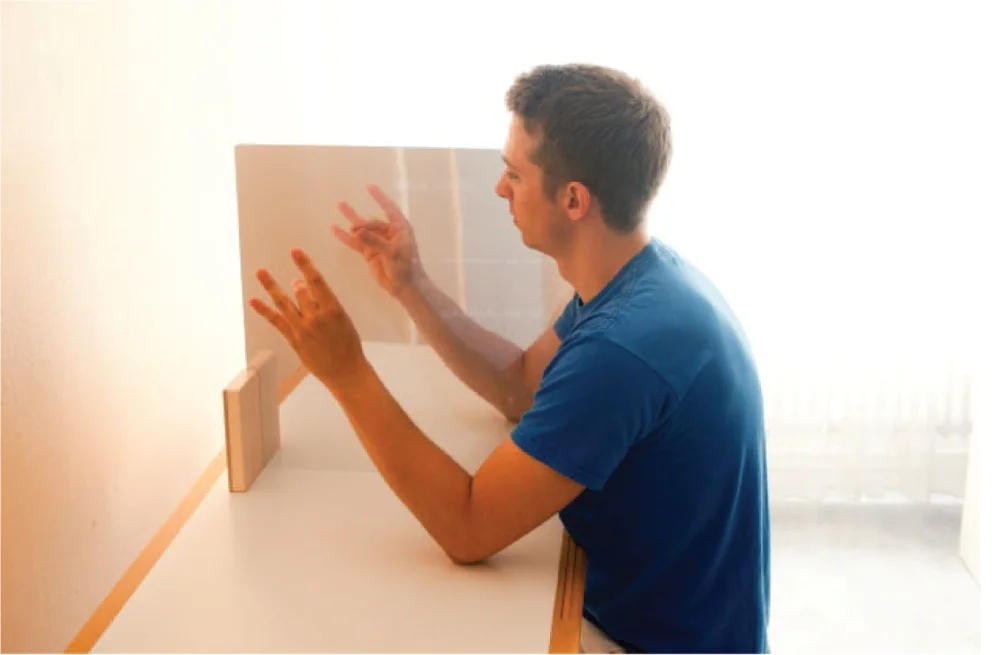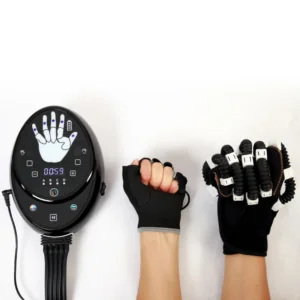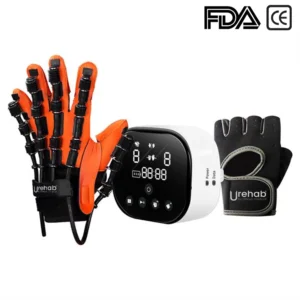The physical effects of a stroke may include mostly the loss of motor abilities of the limbs, reduced mobility which badly affects the activities of daily living (ADL) of a patient. Post-stroke hand rehabilitation is essential to regain the upper limb movements and overcome the dependency of a stroke survivor.
In fact, The earlier you start training your hand to move again, the faster it is to recover. That’s why a physical therapist would recommend starting rehabilitation right after the patient’s condition is stabilized.
There are several hand rehabilitation techniques that help in the improvement of upper limb function. However, the recovery pace heavily depends on the magnitude of the injury.
Among the oldest and most recommended rehabilitation techniques, we find mirror therapy rehabilitation.
Mirror therapy is a well-known rehabilitation technique. It was introduced by Ramachandran and Rogers- Ramachandran in the late ’90s for treating amputees who have phantom limb pain. Altschuler et al. in 1999, was the first to apply a mirror on stroke patients.
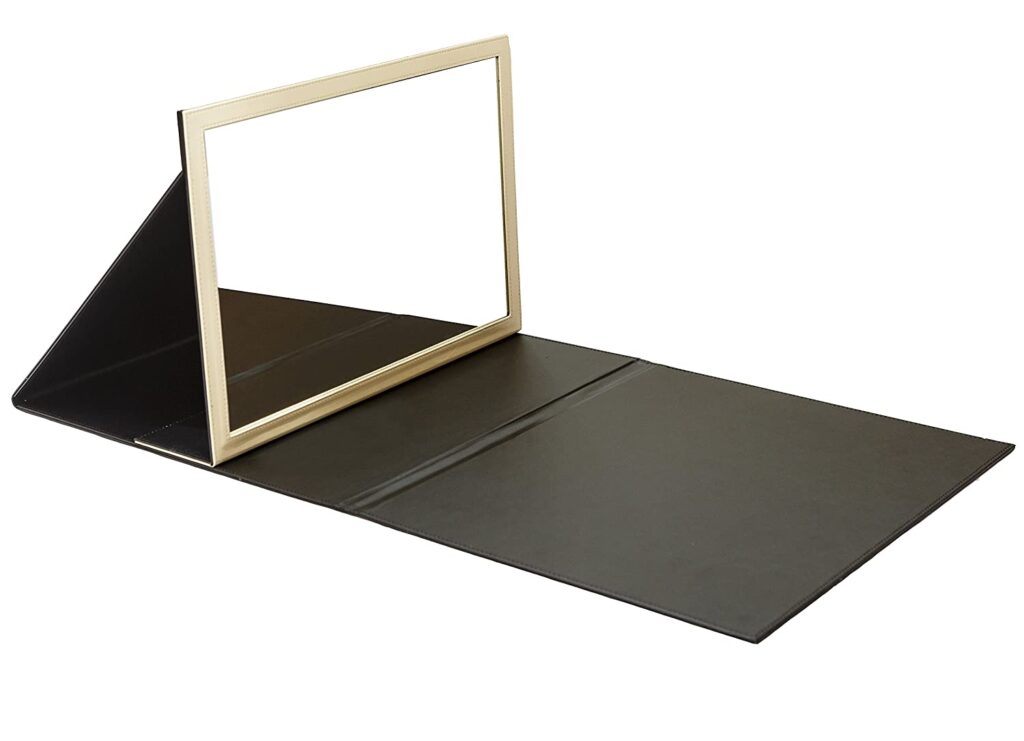
The principle of mirror therapy is the use of a mirror to create a reflective illusion of an affected limb in order to trick the brain into thinking movement has occurred without pain, or to create positive visual feedback of a limb movement. It involves placing the affected limb behind a mirror, which is sited so the reflection of the opposing limb appears in place of the hidden limb. The experiment found that the mirror enhances the upper limb movement, speed, range of motion, and accuracy.
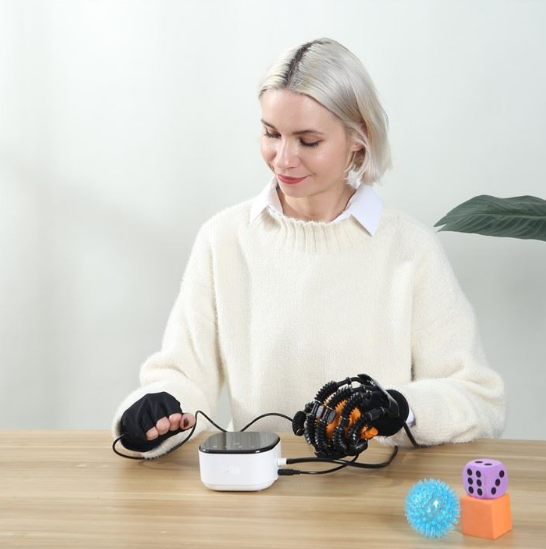
Portable Rehab Gloves: Vrehab-M2 we revolutionize the traditional mirror therapy and make it easier for stroke survivors to train their hands anytime, anywhere with the gloves’ portable design.
The Portable Rehab Gloves: Vrehab-M2 uses movements sensing resistors to trigger linear resonant actuators on the corresponding fingers. The hand rehab glove Neurobot-HR1 props up the weak movements of the impaired hand and synchronizes its movement with the healthy hand.
The rehabilitation glove is dedicated to both patients and physical therapists. It encourages the development of new multi-sensory rehabilitation exercises, which might better help recover lost sensation and strength in their hands and fingers.

